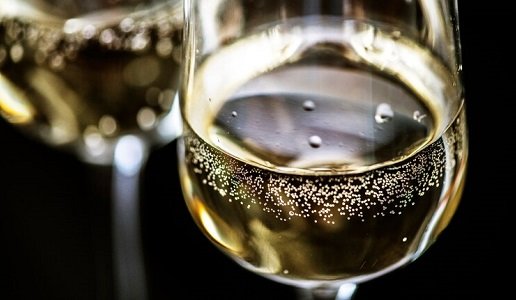These two methods of sparkling wine making are not to be considered one better than the other in an absolute sense, but to be considered in relation to the type of sparkling wine to be tasted.
During a splendid seminar dedicated to Italian bubbles and held in Milan during the presentation of the Essential Guide 2024,
Sissi Baratella
, our “special” collaborator, expressed a concept that really struck me. I make it my own, quoting it, as is right and obvious, and dedicate an editorial to it.
The question he addressed concerned the I would say theoretical difference that exists between the Classico and Charmat (or Italian, or Martinotti, or Cuve Close, whatever you want) methods. Sissi argued, rightly in my opinion, that in Charmat the method serves the variety, while in Classico it is the variety that serves the method. What does it mean? In a nutshell, it means that the shorter, autoclaved mousse-taking, dedicated to base wines that are derived from aromatic or semi-aromatic grape varieties, such as Moscato, aromatic Malvasia di Candia, Brachetto, Glera, even Müller Thurgau, causes the varietal aspects related to terpenes, especially, are preserved and even enhanced in the best examples. The fermentation notes are there, of course, but they do not overpower the varietal ones, as if they were really serving their expression. An Asti, a Prosecco Superiore, a Brachetto are very recognizable in their olfactory expressions closely related to the grape variety of origin.
In the Metodo Classico, on the other hand, the use of not particularly aromatic grape varieties such as Chardonnay and Pinot Noir determines that the complexity of the resulting sparkling wines is more related to the processing system, the autolysis of the yeasts, for example, than to the varietal characteristics of the basic grape varieties. Mind you, legendary products have been obtained with that method, think of great Champagnes and even some of our bubbles. But it was done by developing a processing system that ended up determining the organoleptic characteristics, which are therefore not immediately derived from the basic varieties, but are a development of them.
The reasoning that seems to me to flow from these considerations is that there are methods that are better suited to certain types and, I would add, that there is no need to make precise hierarchies, but more like distinctions. In the sense that, if at some time in life I feel like drinking a fragrant and slightly floral sparkling wine, then the choice will fall on a Charmat. If I feel like tackling something that makes complexity and the ability to evolve over time its stylistic hallmark, then I will go for a Metodo Classico. And in both of these great families I will find fascinating wines.





